Lagenaria siceraria (MOLINA) STANDLEY |
| |
|
|
Botanical Name |
: |
Lagenaria siceraria (MOLINA) STANDLEY |
English
Name |
: |
Bottle gourd, calabash gourd |
Synonym(s) |
: |
Lagenaria vulgaris (Ser.), Cucurbita siceraria Molina, Lagnaria leucantha (Duchesne) Rusby, L. |
Family |
: |
Cucurbitaceae |
| |
General Info
| Description |
 |
|
A large, pubescent, climbing or trailing herb with stout, 5-angled stems and bifid tendrils. Leaves to 15 cm diameter, ovate or orbicular, base cordate, margins dentate, usually 5-lobed; petiole long, with 2 glands at its apex. Flowerslarge, white solitary, monoecious or dioecious, the male long and the female short-peduncled; calyx tube funnel-shaped, subcampanulate, teeth 5, narrow, petals 5, free, obovate, crumpled, hairy on both sides. Fruits of variable size and shape, but usually bottle-shaped, up to 1.8 m long, with a hard, durable, smooth shell. Seeds numerous, white, smooth, horizontally compressed with marginal groove. |
| Herb Effects |
 |
|
Antibiotic, antidote, diuretic, emetic, febrifuge, lithontripic, odontalgic, poultice, purgative, vermifuge. |
Chemistry
| Active Ingredients |
 |
|
Arginine, ascorbic acid, beta-carotene, choline, cucurbitacin B, cucurbitacin D, folacin, histidine, linoleic acid, lysine, methionine, niacin, oleic acid, palmitic acid, phenylalanine, riboflavin, stearic acid, thiamin, threonine, tryptophan, valine (fruit) |
| Chemistry
of Active Ingredients |
 |
|
|
 |
Name |
CAS# |
IUPAC Name |
Formula |
Structure |
 |
|
| Cucurbitacin D |
Not Available |
17-(1,5-dihydroxy-1,
5-dimethyl-2-oxo-hex
-3-enyl)-2,16-dihydr
oxy-4,4,9,
13,14-pe
ntamethyl-2,4,7,8,9,
10,12,13,14,15,16,17
-dodecahydro-1H-cycl
op
enta[a]phenanthr
ene-3,11-dione |
C30H44O7 |
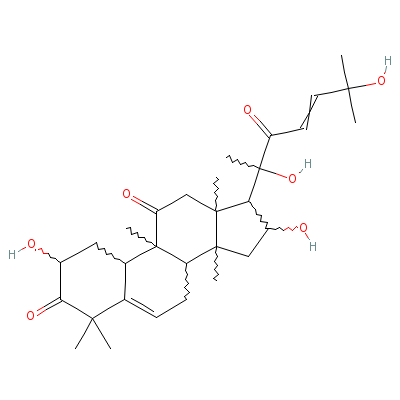
|
| Cucurbitacin B |
Not Available |
[6-(2,16-dihydroxy-4
,4,9,13,14-pentameth
yl-3,11-dioxo-2,7,8,
10,12,15,1
6,17-oct
ahydro-1H-cyclopenta
[a]phenanthren-17-yl
)-6-hydroxy-2-methyl
-5
-oxo-hept-3-en-2
-yl] acetate |
C32H46O8 |
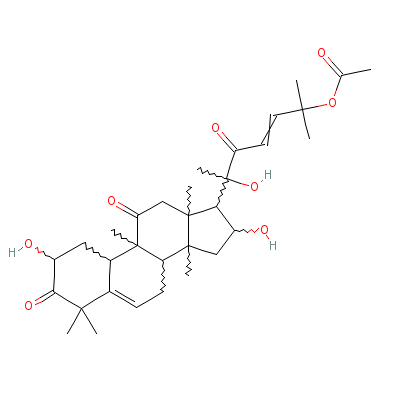
|
| Arginine |
7004-12-8 |
2-amino-5-guanidino-
pentanoic acid |
C6H14N4O2 |
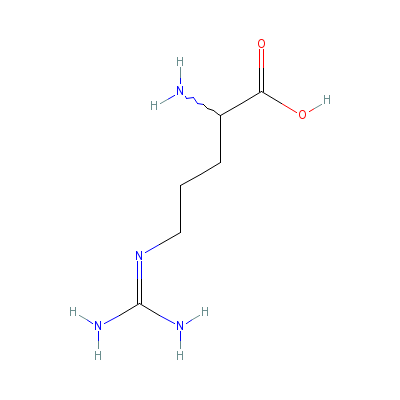
|
| Ascorbic acid |
Not Available |
2-(1,2-dihydroxyethy
l)-4,5-dihydroxy-fur
an-3-one |
C6H8O6 |

|
| Beta Carotene |
7235-40-7 |
3,7,12,16-tetramethy
l-1,18-bis(2,6,6-tri
methyl-1-cyclohexeny
l)-octadec
a-1,3,5,
7,9,11,13,15,17-nona
ene |
C40H56 |

|
| Choline |
67-48-1 |
2-hydroxyethyl-trime
thyl-ammonium |
C5H14NO+ |
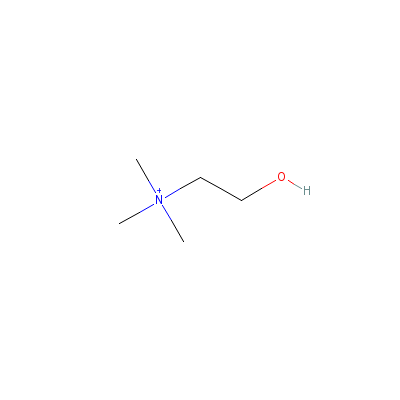
|
| Folacin |
6484-89-5 |
2-[4-[(2-amino-4-oxo
-1H-pteridin-6-yl)me
thylamino]benzoyl]am
inopentane
dioic
acid |
C19H19N7O6 |
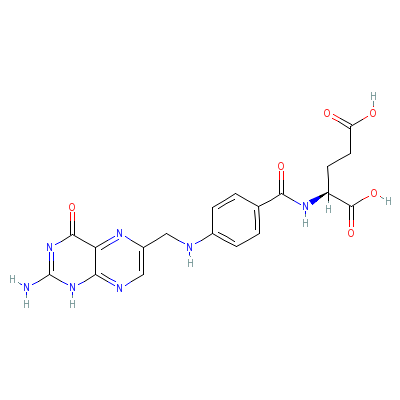
|
| Histidine |
6027-02-7 |
2-amino-3-(3H-imidaz
ol-4-yl)propanoic
acid |
C6H9N3O2 |
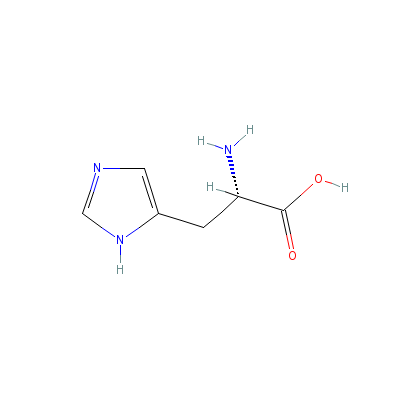
|
| Linoleic acid |
8024-22-4 |
Octadeca-9,12-dienoi
c acid |
C18H32O2 |
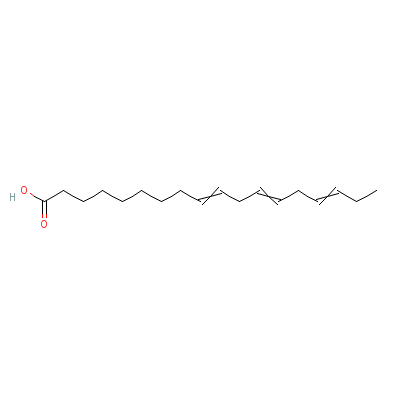
|
| Lysine |
923-27-3 |
2,6-diaminohexanoic
acid |
C6H14N2O2 |
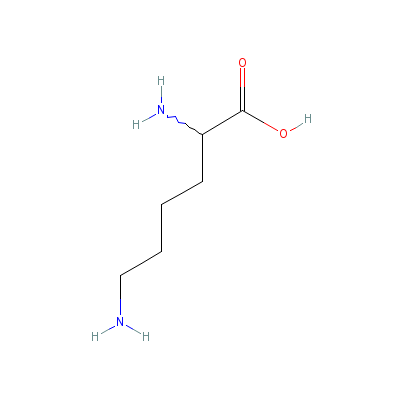
|
| Methionine |
348-67-4 |
2-amino-4-methylsulf
anyl-butanoic acid |
C5H11NO2S |
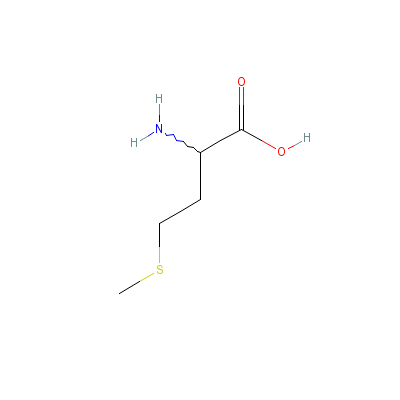
|
| Niacin |
99148-57-9 |
pyridine-3-carboxyli
c acid |
C6H5NO2 |
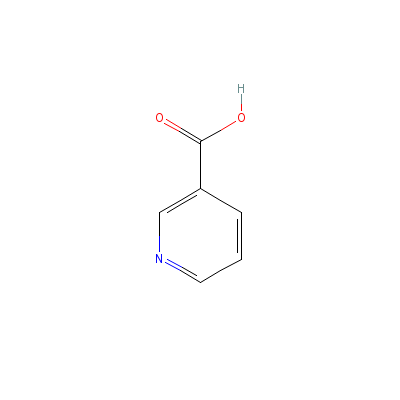
|
| Oleic acid |
8046-01-3 |
octadec-9-enoic acid |
C18H34O2 |
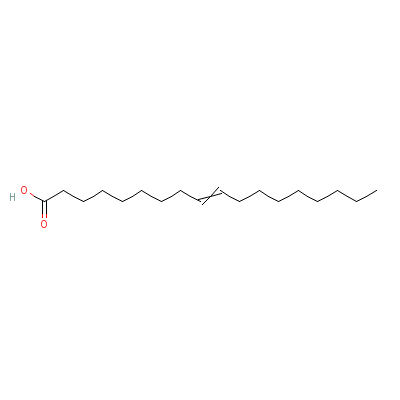
|
| Palmitic acid |
66321-94-6 |
hexadecanoic acid |
C16H32O2 |
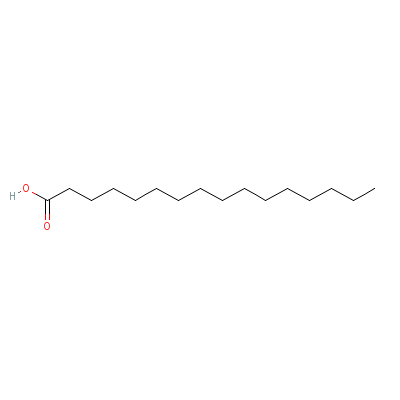
|
| Phenylalanine |
3617-44-5 |
2-amino-3-phenyl-pro
panoic acid |
C9H11NO2 |

|
| Riboflavin |
Not Available |
Not Available |
C17H21N4O9P |
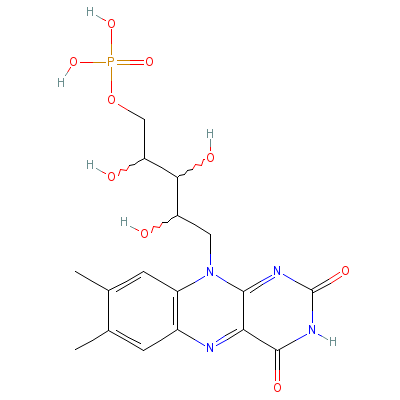
|
| Stearic acid |
82497-27-6 |
Octadecanoic acid |
C18H36O2 |

|
| Thiamin |
59-43-8 |
2-[3-[(4-amino-2-met
hyl-pyrimidin-5-yl)m
ethyl]-4-methyl-1-th
ia-3-azoni
acyclope
nta-2,4-dien-5-yl]et
hanol |
C12H17N4OS+ |

|
| Threonine |
632-20-2 |
2-amino-3-hydroxy-bu
tanoic acid |
C4H9NO3 |
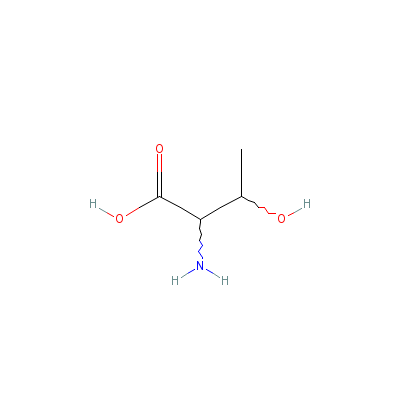
|
| Tryptophan |
80206-30-0 |
2-amino-3-(1H-indol-
3-yl)propanoic acid |
C11H12N2O2 |

|
| Valine |
7004-03-7 |
2-amino-3-methyl-but
anoic acid |
C5H11NO2 |
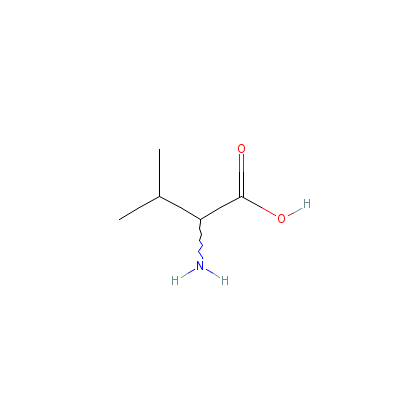
|
|
Pharmacology
| Medicinal Use |
 |
|
To treat headaches, aching teeth and gums, boils etc. It is also used for the treatment for diabetes mellitus. |
| Contraindication |
 |
|
Fruits and leaves in doses of 1-5g/kg/day can cause death in animals. Plant reduces ability of liver to synthesize protein, no interference with excretion of bilirubin. Kidney dysfunction and hemoconcentration also occurred. |
| Reference |
 |
|
 Sharma PV. Classical Uses of Medicinal Plants. Sharma PV. Classical Uses of Medicinal Plants.
|
Dealers
Products
|
|